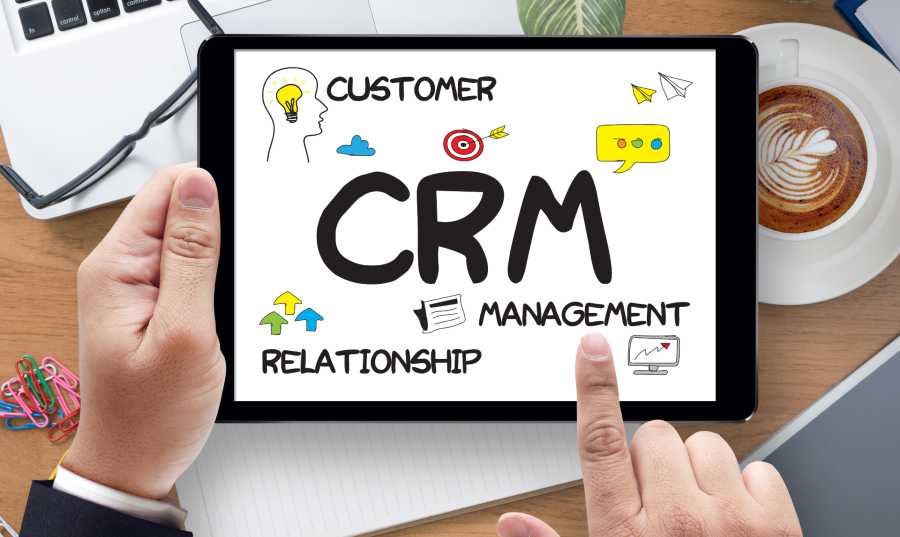Best Practices For Using CRM In Customer Service: Elevating The Customer Experience
Best Practices for Using CRM in Customer Service: Elevating the Customer Experience
In today's competitive business landscape, providing exceptional customer service is crucial for staying ahead of the curve. One effective way to achieve this is by leveraging Customer Relationship Management (CRM) technology. By implementing Best Practices for Using CRM in Customer Service, businesses can streamline their support operations, enhance customer satisfaction, and drive long-term growth. In this article, we'll delve into the world of CRM and explore the best practices for using it to elevate the customer experience.
Understanding CRM in Customer Service
Before we dive into the best practices, let's first understand what CRM means in the context of customer service. CRM refers to a set of technologies and strategies that enable businesses to manage and analyze customer interactions across various touchpoints, including phone, email, social media, and more. A CRM system helps customer service teams to:
- Track customer interactions and communication history
- Analyze customer behavior and preferences
- Identify patterns and trends in customer support requests
- Personalize the customer experience based on individual preferences and needs
Best Practices for Using CRM in Customer Service

Now that we've covered the basics of CRM in customer service, let's move on to the best practices for using it effectively.
1. Define Clear Objectives and KPIs
Before implementing a CRM system, it's essential to define clear objectives and Key Performance Indicators (KPIs) for your customer service team. This will help you measure the effectiveness of your CRM strategy and make data-driven decisions. Some common KPIs for customer service teams include:
-
- First Response Time (FRT)

- First Call Resolution (FCR)
- Average Handle Time (AHT)
- Customer Satisfaction (CSAT)
2. Choose the Right CRM Software
With so many CRM software options available in the market, choosing the right one can be overwhelming. When selecting a CRM system, consider the following factors:
- Scalability: Will the CRM system grow with your business?
- Integration: Does the CRM system integrate with your existing software and tools?
- Customization: Can the CRM system be tailored to meet your business needs?
- User adoption: Is the CRM system user-friendly and easy to adopt?
3. Implement a Data-Driven Approach
A CRM system is only as good as the data it collects. Implementing a data-driven approach means using data to inform your customer service decisions. This includes:
- Analyzing customer behavior and preferences
- Identifying patterns and trends in customer support requests
- Using data to personalize the customer experience
- Continuously monitoring and improving the customer experience
4. Provide Ongoing Training and Support
A CRM system is a powerful tool, but it's only as effective as the people using it. Providing ongoing training and support to your customer service team is crucial for ensuring they can use the CRM system effectively. This includes:
- Initial training on the CRM system
- Regular updates and refreshers on new features and functionality
- Ongoing support and coaching to ensure adoption and usage
5. Foster a Culture of Customer-Centricity
A CRM system is just one part of a larger customer-centric strategy. To truly elevate the customer experience, businesses need to foster a culture of customer-centricity. This includes:
- Putting the customer at the center of every decision
- Encouraging a customer-focused mindset among employees
- Continuously gathering feedback and using it to improve the customer experience
6. Integrate CRM with Other Business Systems
A CRM system should not operate in isolation. Integrating CRM with other business systems, such as marketing automation, sales, and finance, can help create a seamless and cohesive customer experience. This includes:
- Integrating CRM with marketing automation to personalize marketing campaigns
- Integrating CRM with sales to provide a unified view of customer interactions
- Integrating CRM with finance to streamline billing and payment processes
7. Continuously Monitor and Improve
A CRM system is a dynamic tool that requires continuous monitoring and improvement. This includes:
- Regularly reviewing CRM data to identify trends and patterns
- Using data to make informed decisions and improvements
- Continuously updating and refining the CRM system to meet changing business needs
8. Provide Multi-Channel Support
In today's digital age, customers expect to be able to interact with businesses across multiple channels, including phone, email, social media, and more. Providing multi-channel support through CRM ensures that customers can reach your business whenever and however they want.
9. Use Analytics to Inform Decisions
A CRM system collects vast amounts of data on customer interactions and behavior. Using analytics to inform decisions helps businesses to:
- Identify patterns and trends in customer support requests
- Analyze customer behavior and preferences
- Personalize the customer experience based on individual preferences and needs
10. Prioritize Customer Experience
Finally, the most important best practice for using CRM in customer service is to prioritize the customer experience. This means:
- Putting the customer at the center of every decision
- Focusing on delivering a personalized and seamless customer experience
- Continuously gathering feedback and using it to improve the customer experience
Conclusion
In conclusion, Best Practices for Using CRM in Customer Service are essential for elevating the customer experience. By implementing these best practices, businesses can streamline their support operations, enhance customer satisfaction, and drive long-term growth. Remember, a CRM system is only as good as the people using it, so it's essential to provide ongoing training and support to your customer service team. By prioritizing the customer experience and using CRM to inform and improve, businesses can stay ahead of the curve and deliver exceptional customer service.
Comments
Post a Comment